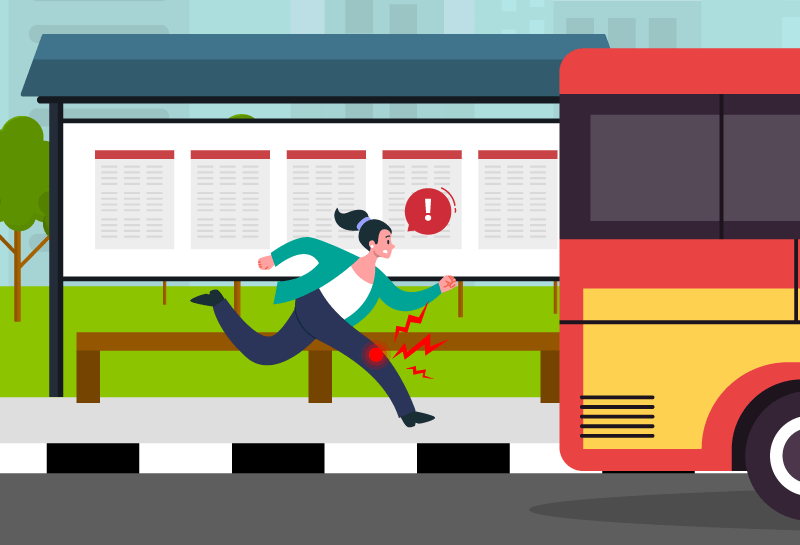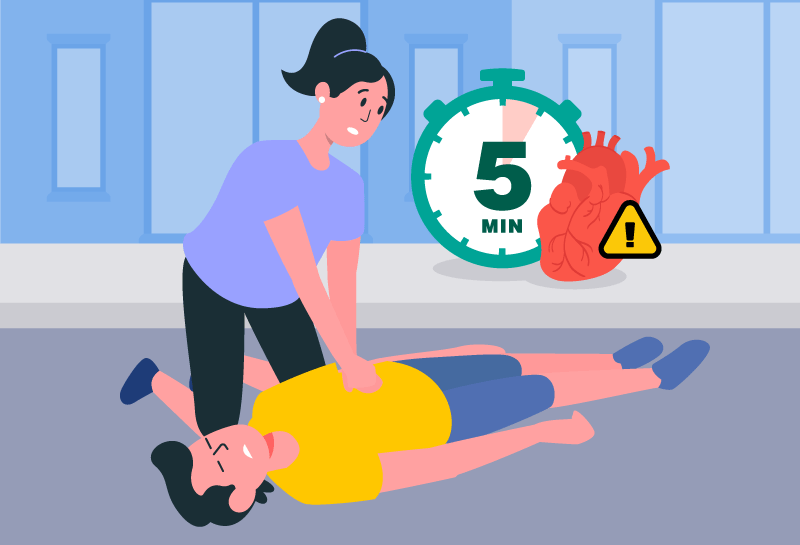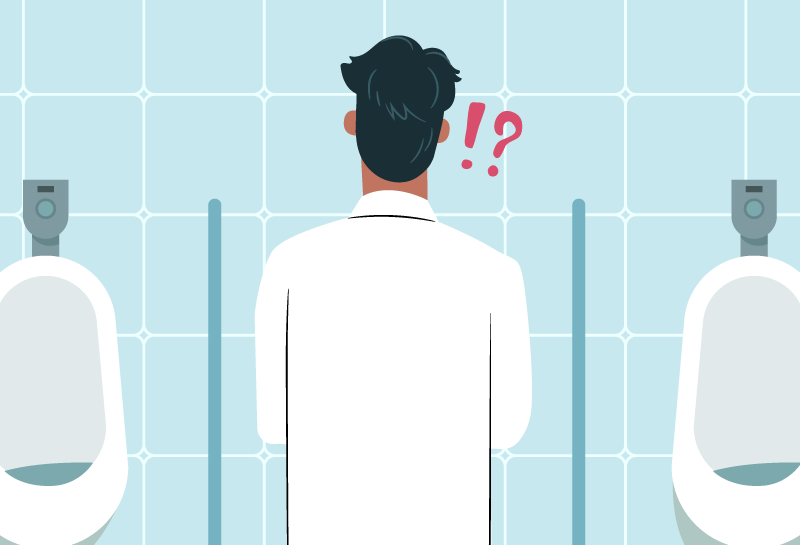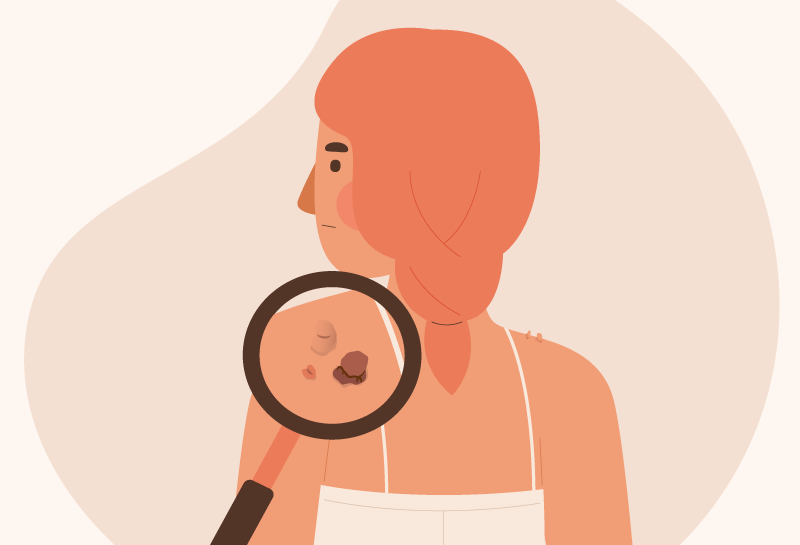What if your heart could talk to you? What if it was trying to send you an urgent message, but you didn’t know how to listen? Every day, people ignore subtle symptoms that could indicate something serious, such as a heart issue, a blocked artery, or even a heart attack. Your heart sends signals long before things become critical. But are you paying attention?
When it comes to heart health, we often think about obvious signs like chest pain, breathlessness, or dizziness and assume that’s all there is to worry about. But what if there were other, more subtle signs your body was giving you that you might not immediately recognise as serious? It’s easy to ignore or dismiss these quiet signals, leading to delayed treatment. And that’s where coronary angioplasty comes in.
Angioplasty is a life-saving procedure that works best when performed early, before a heart attack strikes. The goal is to clear blocked arteries, restore blood flow to the heart, and prevent severe damage. But how do you know when to seek help? This article not only explains angioplasty but also helps you recognise those often-overlooked signs your body gives long before a major heart issue arises. By learning to listen to your heart and act promptly, you could make all the difference to your health.
What is coronary angioplasty?
Coronary angioplasty is a medical procedure used to open blocked or narrowed blood vessels in the heart. Over time, plaque, a mixture of fats, cholesterol, and other substances, can build up in the arteries, causing them to narrow or even close off entirely. When blood flow is restricted, it can lead to chest pain (angina), shortness of breath, or even a heart attack.
Think of coronary angioplasty as a “reopening” of a blocked pathway. During the procedure, a small balloon is inserted into the blocked artery through a catheter and then inflated to push the plaque aside, restoring blood flow. In many cases, a stent (a tiny mesh tube) is inserted to keep the artery open. It’s like reinforcing a tunnel to ensure blood continues flowing smoothly through your heart.

EXPERT INSIGHT
Dr Yong shared, “While obesity is a well-known risk factor for heart attacks, there are other factors that contribute to heart disease. These include genetics (family history of heart disease), high cholesterol, high blood pressure, diabetes, stress, a sedentary lifestyle, and poor diet habits. All of these factors can be present in an individual who is thin, as well as in those who are overweight. Therefore, it’s important to recognise that being thin does not automatically mean you’re free from the risk of heart disease. Maintaining a healthy lifestyle and monitoring key health indicators are crucial for heart health.”
Timing is key
The idea of undergoing coronary angioplasty might sound intimidating, but here’s why awareness is crucial: the sooner you act, the better the outcome. Many people seek medical help only when experiencing severe symptoms, such as intense chest pain or a heart attack. By that time, the damage may already be significant, and recovery could take longer.

EXPERT INSIGHT
In a heart attack situation, we often say, “Time is muscle”. A heart attack occurs when a blockage in the coronary artery, which is the blood vessel that supplies oxygen and nutrients to the heart muscles, prevents blood from flowing properly. As a result, the heart muscle is deprived of oxygen and nutrients, leading to damage and scarring over time. Restoring blood flow as quickly as possible is crucial to minimising this damage. This is why intervention within the “golden hour”, the critical first hour after symptoms begin, is essential to restore blood flow, limit heart muscle injury, reduce the risk of long-term damage, and improve survival rates.
What are the signs you shouldn’t ignore
Recognising the warning signs early can make all the difference in getting the treatment you need before a major heart event. While chest pain and difficulty breathing are the most commonly recognised symptoms of a heart attack, several lesser-known signs can also indicate heart trouble. The key is to recognise when something doesn’t feel right and to act quickly.
Here are some subtle warning signs that could indicate heart issues, including the need for coronary angioplasty:

Unexplained fatigue and weakness
Feeling unusually tired or short of breath even after a good night’s sleep or without exertion.

Pain in your jaw, neck or back
Often overlooked, pain in these areas can radiate from the heart, signally a possible issue.

Shortness of breath
Difficulty breathing during activities you usually handle with ease could signal restricted blood flow to your heart.

Indigestion, nausea or heartburn
Persistent stomach discomfort, nausea, or burning sensation in the chest isn’t always just indigestion. It could be a sign that your heart isn’t getting enough oxygen, especially if it occurs alongside other symptoms.

Unusual sweating
Experiencing cold, clammy sweat without an obvious cause.

Dizziness or lightheadedness
Feeling faint or dizzy, even when not standing up suddenly.

Intermittent chest pain and tightness
Chest discomfort that comes and goes should never be ignored. Seek medical help immediately.

EXPERT TIP
Dr Yong explained, “Heart attack typically presents with symptoms of central chest pain, which is dull and pressing in nature. This pain may radiate to the jaw, neck, and shoulder area and is often accompanied by cold sweats, dizziness, and shortness of breath. However, in some cases, a heart attack may present with less common symptoms that mimics indigestion. My advice is that if these symptoms are new or something you’ve never experienced before, it’s important to seek medical attention immediately for further evaluation.”
If you experience any of the symptoms listed above, it’s crucial to seek medical help promptly. Don’t assume that things will improve on their own. Heart disease is often referred to as a “silent killer” because many people don’t realise they’re at risk until it’s too late.

EXPERT INSIGHT
It is still possible to have a heart attack even if the electrocardiogram (ECG) appears normal. In some cases, blood tests, particularly measuring troponin levels, are crucial for diagnosis. Elevated troponin levels are a strong indicator of heart muscle injury and suggest that a heart attack has occurred.
What to expect during recovery after coronary angioplasty
One of the most reassuring aspects of coronary angioplasty is the relatively short recovery time, especially when the procedure is performed early. Many people are surprised to learn that after coronary angioplasty, patients often return to normal activities much sooner than expected, especially if treatment is sought promptly.
Here’s what you can generally expect during recovery:
- Immediate post-procedure: Most patients stay in the hospital for a short period, usually 24 hours or less, for monitoring. You may feel some discomfort at the catheter insertion site (usually in the groin or wrist), but this can be managed with medication.
- Minimal downtime: In most cases, patients can return to work and regular activities within a week or two, depending on their overall health and how their body responds to the procedure. Some may recover even faster, especially if the blockage was treated before significant heart damage occurred.

EXPERT TIP
After angioplasty, patients are advised to follow a heart-healthy diet, engage in regular exercise as tolerated, quit smoking, and adhere to prescribed medications. These lifestyle changes can significantly accelerate recovery, improve heart health, and reduce the risk of future complications.
The heart is your body’s engine, and keeping it in top condition should be a priority. By understanding coronary angioplasty and recognising the subtle symptoms of heart issues, you’ll be better prepared to take action early. Don’t wait until it’s too late. Seeking medical attention at the right time could be the key to a longer, healthier life.
If you ever feel unsure or concerned about your heart health, don’t hesitate to reach out to a healthcare professional. Taking that step could make all the difference.
This article has been written by Healthful For You and does not represent the opinions, views, or endorsements of the Expert Contributor of this article. The Expert Contributor has solely provided expert insights and tips for informational purposes. Any interpretations, conclusions, or statements beyond these contributions are those of the author and do not reflect the views of the expert contributor. This content is intended for informational purposes only and should not be considered as medical, legal, or professional advice.



 Copied
Copied

















 15 mins read
15 mins read 





